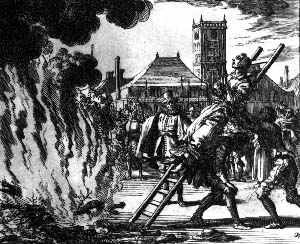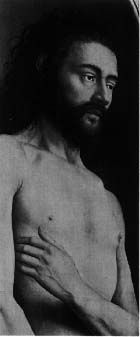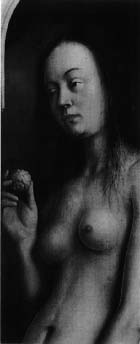|
Alfred Leman, a German researcher, in his Illustrated History of Superstitions
and Witchcraft (1893), writes:
"It was in the middle of 13th century when St. Thomas Aquinas,
the greatest theologian and Church leader, postulated that Satan may sometimes
reveal himself in magic. French inquisition acknowledged this idea de facto
and began to persecute witches along with last heretics. As soon as last
heretical sects were exterminated, witches became the primary object of
persecution; therefore witch processes in France abundantly blossomed as
long as until 1390.
In Germany, on the other hand, large-scale witch-hunting had not evolved
until 1448, when two Dominicans, Jacob Schprenger and Henrich Institor,
received from the Pope Innocent VIII the famous papal bull "summis
desiderantis", authorizing them to persecute witches and eradicate
witchcraft. In his edict, the Pope cursed witches as devil’s allies, rendered
evidence of their guilt, and obliged all members of the Church to assist
inquisitors. Nevertheless, witch processes were not very popular at first;
people were reluctant to believe fables, even though they were authorized
by the Head of Roman Church.
|
Sorcery Eradication...

or Genocide against Women?
|

![]()



